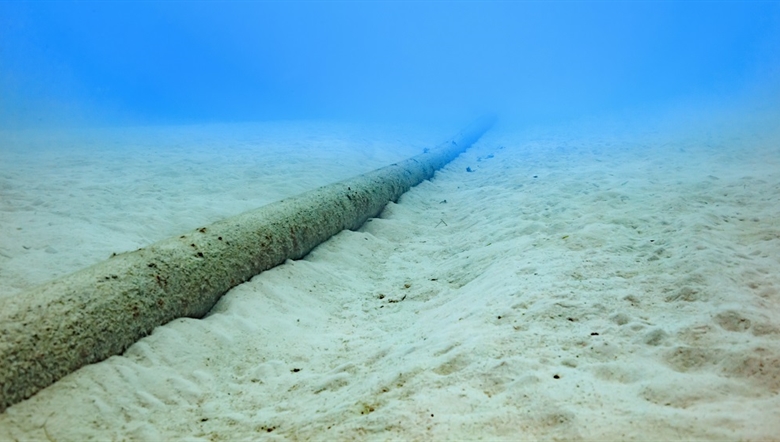New York: Researchers have demonstrated that fibre-optic cables that constitute a global undersea telecommunications network could help study offshore earthquakes and the geologic structures hidden deep beneath the ocean surface.
In a paper published in the journal Science, the researchers described an experiment that turned 20 kilometres of undersea fibre-optic cable into the equivalent of 10,000 seismic stations along the ocean floor.
During their four-day experiment in Monterey Bay in California, they recorded a 3.5 magnitude quake and seismic scattering from underwater fault zones.
Their technique, which they had previously tested with fibre-optic cables on land, could provide much needed data on quakes that occur under the sea, where few seismic stations exist, leaving 70 per cent of the Earth’s surface without earthquake detectors.
“There is a huge need for seafloor seismology. Any instrumentation you get out into the ocean, even if it is only for the first 50 kilometres from shore, will be very useful,” said lead author of the paper Nate Lindsey from the University of California, Berkeley.
A permanent cable to the Monterey Accelerated Research System (MARS) node was laid in 2009, 20 kilometers of which were used in this test while off-line for yearly maintenance in March 2018.
The ultimate goal of the researchers’ efforts is to use the dense fiber-optic networks around the world — probably more than 10 million kilometers in all, on both land and under the sea — as sensitive measures of Earth’s movement, allowing earthquake monitoring in regions that do not have expensive ground stations.
“The existing seismic network tends to have high-precision instruments, but is relatively sparse, whereas this gives you access to a much denser array,” said Ajo-Franklin.
The technique the researchers use is Distributed Acoustic Sensing, which employs a photonic device that sends short pulses of laser light down the cable and detects the backscattering created by strain in the cable that is caused by stretching.
With interferometry, they can measure the backscatter every two metres, effectively turning a 20-kilometre cable into 10,000 individual motion sensors.
“These systems are sensitive to changes of nanometers to hundreds of picometers for every metre of length,” said Ajo-Franklin, Professor at Rice University in Houston.
